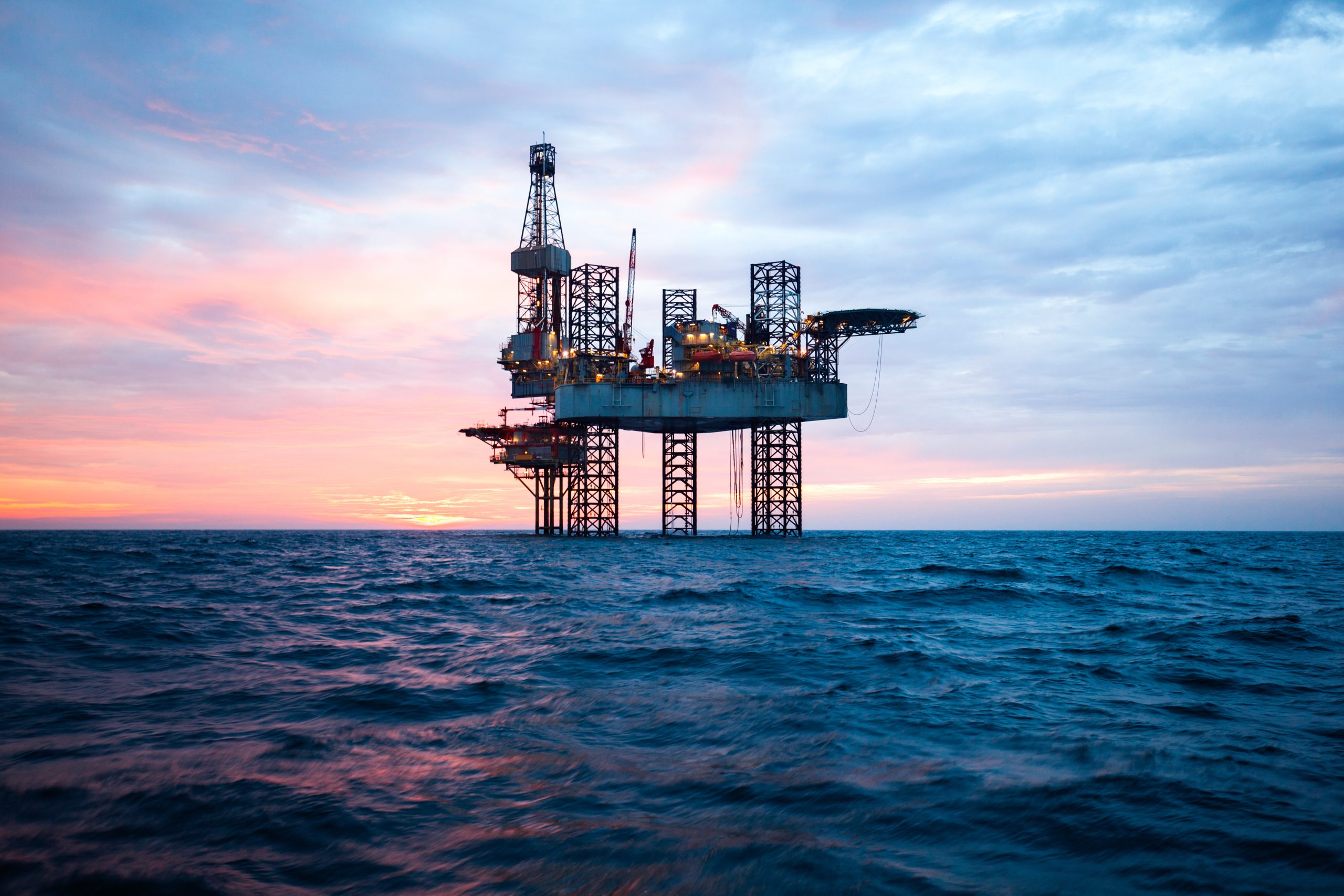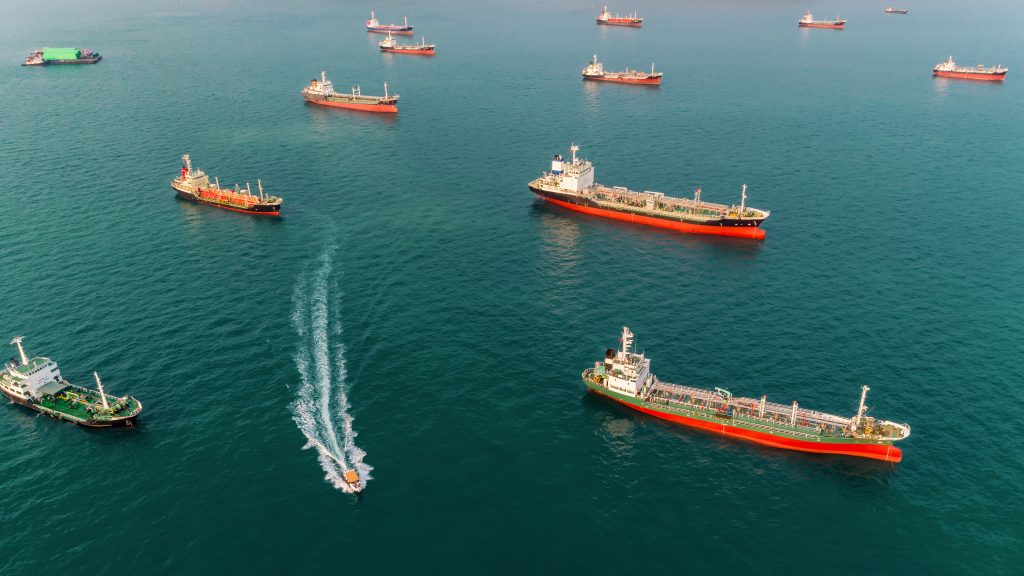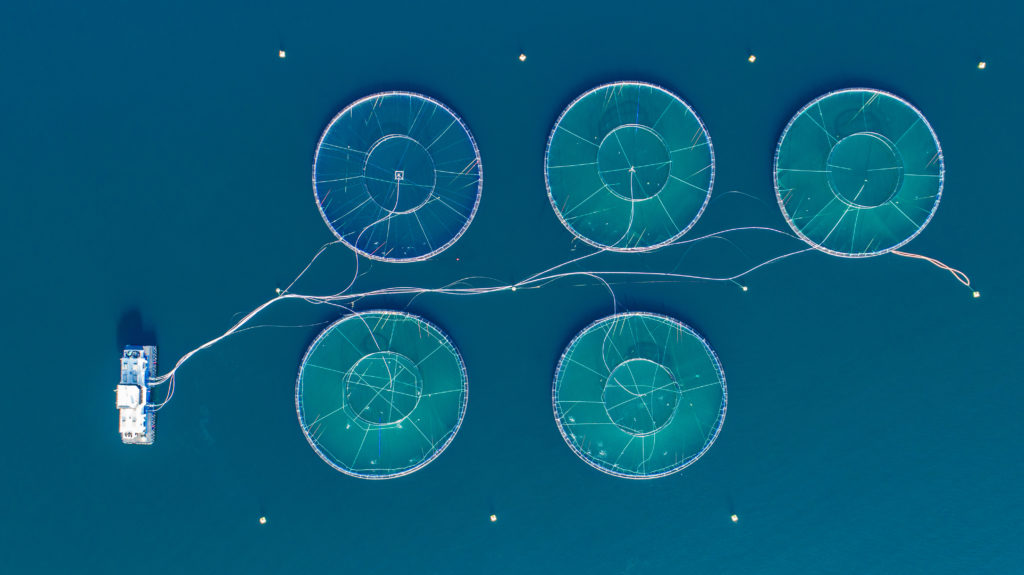
The surprising territorial reach of UK patents
Patents are territorial. Rather than offering global coverage, separate patents must be obtained individually in each of the regions or countries where protection is required. In addition, where inventions are intended for use at sea, it may not be completely clear how far from land each of these individual patent rights has effect. As discussed below, the situation is far from simple in this regard, and is not consistently defined across the world.
United Kingdom
In the UK, protection extends to three overlapping regions.
Firstly, a UK patent extends across the mainland area of the United Kingdom.
A UK patent also covers the Isle of Man. In contrast, the rights do not automatically extend to the Channel Islands or any British Overseas Territories, but can be extended to cover many of these territories through an additional registration process. A similar two-stage registration process is also available to provide protection in Hong Kong.
Secondly, a UK patent also extends throughout the UK’s “territorial waters”. This expands the protection outward to a boundary reaching 12 nautical miles (22 kilometres) from the coastline, where any act that would be an infringement on land would also be an infringement at sea.
Thirdly, there is a further extension far beyond this 12 nautical mile perimeter for particular cases set out in the Continental Shelf Act and Petroleum Act. While, the precise boundary has changed over time, currently the area of protection substantially follows the UK’s exclusive economic zone (EEZ), together with portions of the UK’s continental shelf beyond the normal 200 nautical mile (370 km) limit of the EEZ. The resulting area is vast and covers a large number of economically valuable areas such as oil fields in the North Sea.
However, unlike the patent protection accorded at land or in the territorial waters of the UK, the protection in this third region outside territorial waters is dependent upon the particular activity being performed. The Continental Shelf Act limits the rights to those “with respect to the sea bed and subsoil and their natural resources”. Likewise, the Petroleum Act limits the rights to exploiting natural resources of the shore seabed or subsoil, such as mineral resources, storage/transportation of gas and similar.
Therefore, not all patent rights can be enforced simply because the alleged infringement occurs within the UK’s EEZ.
UK courts have grappled with these issues in several cases. In Rockwater v Coflexip (2003), the alleged infringement occurred at the Leadon field (located 166km from the UK coastline and 8.5km from the Norwegian transboundary line) and the East Foinaven field (located 190km west of Shetland). Similarly, Coflexip v Stolt (2004) concerned the Magnus Swift field (located 160km north-east of Shetland). Since both these cases related to vessels laying flowlines for the offshore oil industry, there was no dispute that the activities fell within the requirements of the Continental Shelf Act or the Petroleum Act (with the outcomes depending upon other facts of the case).
However, in Siemens v GE (2022), the activity concerned was a relevant consideration. While the relevant location at Dogger bank was only 130km from the English coast, it was indicated that since the technology related to a wind turbine development, the acts did not fall within the scope of the Continental Shelf Act or the Petroleum Act.
Accordingly, while the geographical extent of UK patent protection can extend far beyond the UK’s coast, the protection is not absolute, so patent applicants should check that their patents are protecting their marine inventions in the way that they expect.
Comparison with other jurisdictions
As mentioned, the situation elsewhere in the world is not necessarily the same as the UK, particularly when considering the jurisdiction beyond the territorial sea.
For example, Ireland is a country whose law generally mirrors the UK with respect to activities taking place on its continental shelf.
The USA also extends patent protection to its continental shelf, but only insofar as the relevant devices are attached to the seabed. Therefore, marine surveying cannot itself act an infringement (as demonstrated in the WesternGeco I case), but attachment of oil platform for drilling can be an infringement (as demonstrated in the Riles v Amerada Hess Corp case).
In Australia, the protection offered by a patent is particularly generous, where any acts (not just those relating to exploitation of the seabed) may be liable to infringement if they occur in the sea or airspace above the Australian Continental shelf.
If you have questions about patent protection internationally, the team here at GJE can help you get appropriate advice from trusted local attorneys in the countries that matter to your business.
Conclusion
In view of the differing boundaries and exceptions discussed above, it is clear that care needs to be taken to ensure that marine inventions are adequately protected and to verify that your IP portfolio is offering you the protection you expect. If you work in the marine sector and would like help with finding the best way to protect your technology, please get in touch with our patents team at gje@gje.com.

